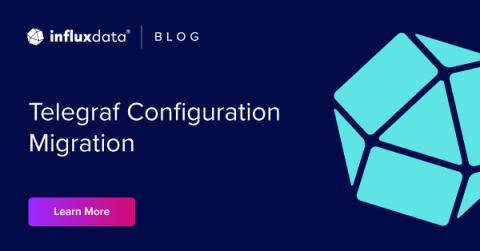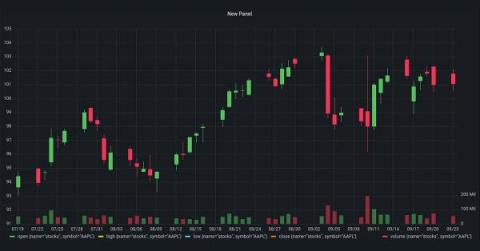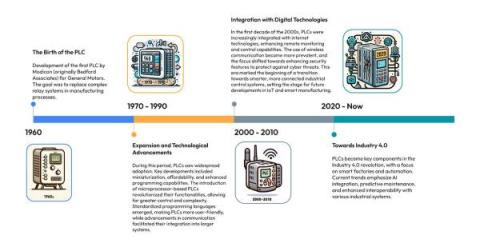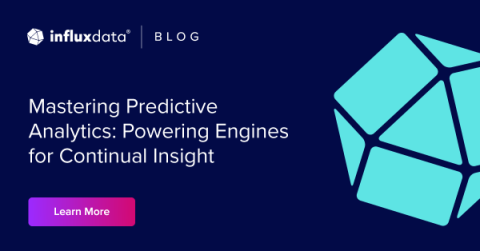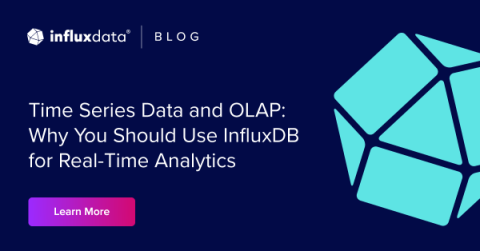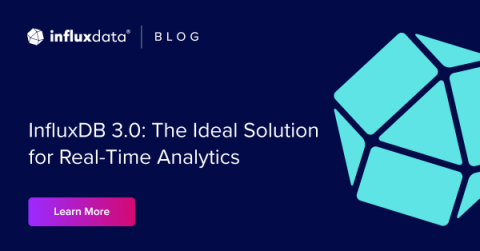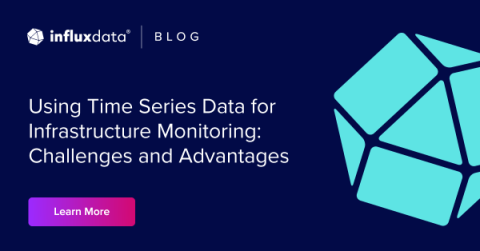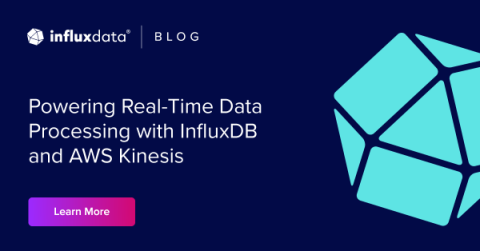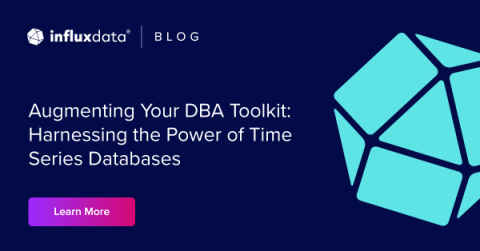Telegraf Configuration Migration
In v1.30.0, Telegraf will remove a few long-standing deprecated plugins. These plugins have been deprecated for a number of years, and plugins with better support and configuration options now replace them. This version of Telegraf also removes a number of configuration options. The full list of deprecated plugins includes: Starting from v1.30.0 Telegraf will show an error message and stop running if any of the plugins or options are present in your configuration.


